We were very impressed by Wernberg Abbey Carinthia and its residents. We were one day visiting the Mariannhiller mission sisters at Schloss Wernberg Castle. The monastery is not far from Villach in Carinthia, Noteworthy are both the history of the Marianhiller Order, as well as the history of their monastery.
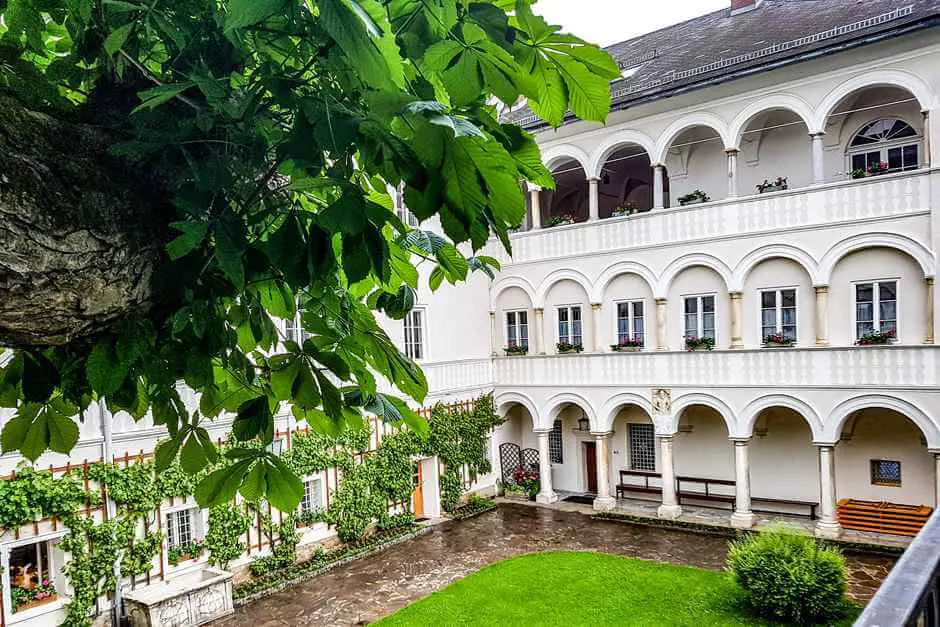
The Marianhiller Missionary Sisters - their history and locations in the world
The women's order is very young. Only 1885 founded abbot Franz Pfanner the women's orders. He had gone to South Africa to work in the Mission to work. He soon realized that this would not work without women. So he got women from Austria to Africa. Later the sisters also worked in Mocambique, Zimbabwe, Congo, Tanzania, Kenya, the USA, Canada, Portugal, Denmark and the Netherlands.
Wernberg Castle is now the seat of provincial leadership and formation house. Today there are 60 sisters living there. Many of them worked in the mission. Listening to their stories takes us to other continents.
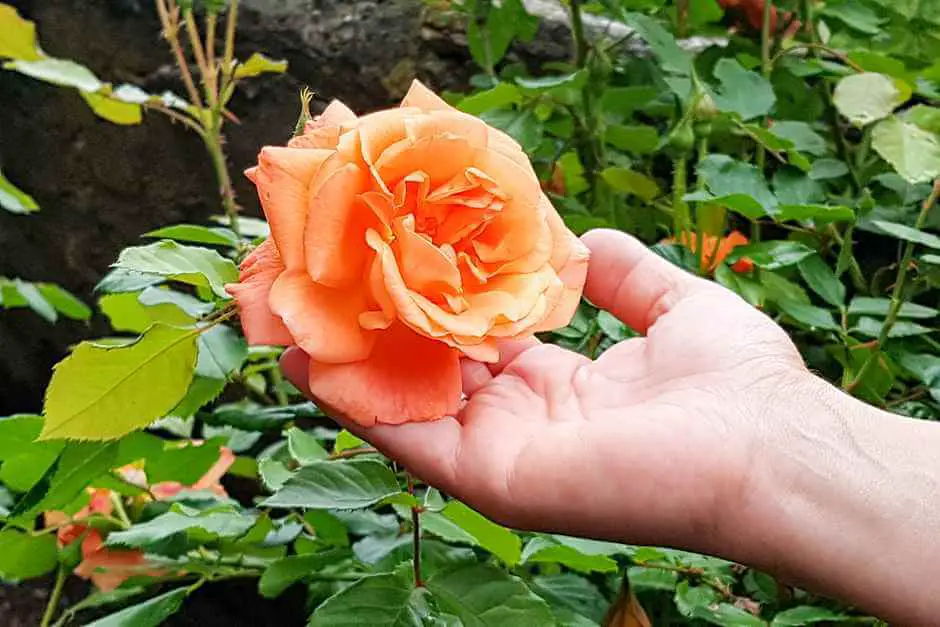
Sister Monika is no exception. She is the head of the monastery and a real bundle of energy. During her tour of the monastery, she tells of her life. Sister Monika spent a year in Tanzania. The adventure is in her blood because when we ask her what she personally likes most, she surprises us. "I like to climb mountains," she explains with a laugh and points to the Nock Mountains north of the monastery. In general, the sisters are different than some nuns might imagine. They work in the monastery until old age. They are tour guides, herbal specialists, dance teachers and tour guides. They are all one. Open to our questions and to the world.
From the "nettle lock" to the guest convention - an extraordinary development for a women's convention
As amazing as the stories of some of the sisters are, the way in which they restored Wernberg Castle is impressive. The castle has existed since 1227. It owes its appearance as a Renaissance castle to the Khevenmüller family, who had it remodeled in the second half of the 16th century. In 1672 the Benedictines moved in. They built the church between 1725 and 1735. Less than half a century later, Joseph II dissolved the monastery. After that, the owners changed frequently. During this time the castle fell into disrepair. The church was sometimes used as a stable. No wonder that the people in the area only spoke of the "nettle lock".
If you want to stay outside the monastery, this is possible:
Accommodations in the area
That changed after 1935 bought the missionary sisters the castle. Also it shows, with which trust in God they engage in this risk. They signed the contract of sale without having the sum required for it. With much diligence and persuasion, they created a treasure chest from the dilapidated castle. A herbal and vegetable garden, an agricultural business, a bakery, a fishing business, a kindergarten and a guesthouse are the livelihoods of the sisters today.
The sisters are inventive - Unusual sources of income for a missionary order
The monastery is also open to unusual collaborations. So we witnessed the visit of a study tour group that spends half a day in the monastery. Travelers from all over the world have the opportunity to take a look behind the monastery walls on their bus tour through Austria. The sisters show them the monastery. Visitors can take part in the evening prayer. Then the guests have dinner with the sisters. The missionary sisters answer questions and tell about their experiences in the world. "The Zulu called me 'Mamatheka'", reports a nun in English, while the visitors listen to her spellbound.
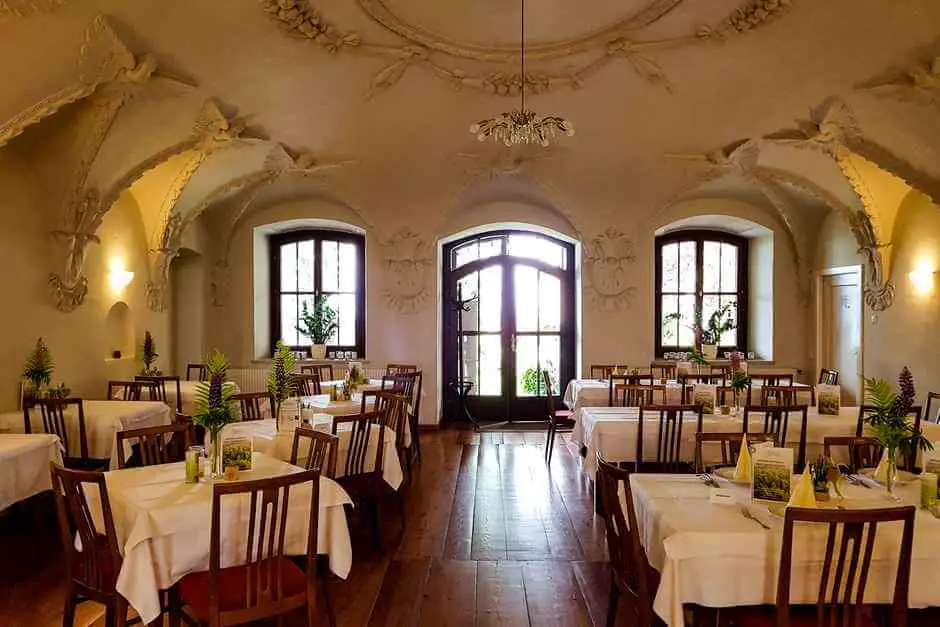
A guest house in the castle - that's pure peace
The guesthouse is housed in the castle. The terraces offer views of the Drau loop and the Nockberge mountains in the north as well as the Karawanken mountains and the Julian Alps to the south. There are rooms with and without bath. These differ in price. We stay in a room with a view of the Karawanken. At night you can not hear the nearby highway, and we sleep great in the tranquility of nature.
The church - restored by nuns
The monastery church is worth seeing. I can hardly believe it when Sister Monika tells us that the nuns restored it themselves. "They put on work pants and lay back on the scaffolding. In two years they painstakingly scraped off seven layers of limestone from the frescoes. “Today the church looks like what you would expect from a church. Some of these contemporary witnesses still live in the monastery today. The money for the restoration of the church was only available from 1962. It took the sisters two years to complete their church. The pictures show what they brought to light during this time and what the church looks like today.
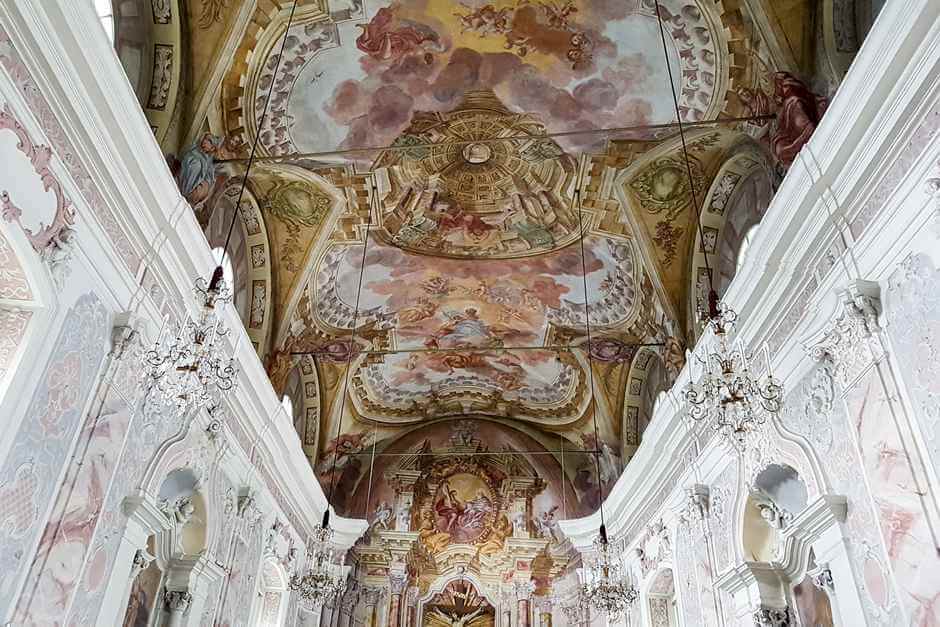
The cosmopolitan nature of the sisters is remarkable
However, neither the courage nor the diligence of the sisters impressed me the most. So far we have found this in other monasteries. What we encounter here for the first time in a striking degree is the cosmopolitan nature of the sisters. It does not matter if it's the sister who talks about her life with the Zulu in South Africa. Or around sister Monika, whose hobby is climbing in the mountains. Whether it is sister Hedwig, who is responsible for the herb garden. Or the sister, whose name I do not know, and who opened the gate to the monastery to us so hospitably. All give the impression of living with both legs in the modern world.
They are concerned about the continued existence of their order. After all, the current average age is 80 years. There are mind games to offer an experience “temporary monastery” for lay people. An interesting approach, because there are many interested parties who want to retire to the peace of the monastery. This is shown by the many guests in the guest house as well as the group of visitors with tourists from all over the world. Monasteries are extremely fascinating.
They offer a retreat from the hectic pace of everyday life. This is also confirmed by the lay people who work in the monastery. It doesn't matter if it's the woman who chops the beds in the herb garden. The project manager of the World Garden project. The tenant of the monastery agriculture. Or Jens Schröder, the master baker from Bremen, who bakes the daily bread for the monastery and some shops in the area. They all say they have arrived. You feel at home in the Wernberg Monastery in Carinthia. Just like us.
If you want to get to know the monastery Wernberg Carinthia yourself, you can get further information here:
gaeste-bildungshaus@klosterwernberg.at
Missionary monastery Wernberg
Monastery route 2
9241 Wernberg
(T) +43 (0) 4252 2216
(E) wernberg@kloesterreich.at
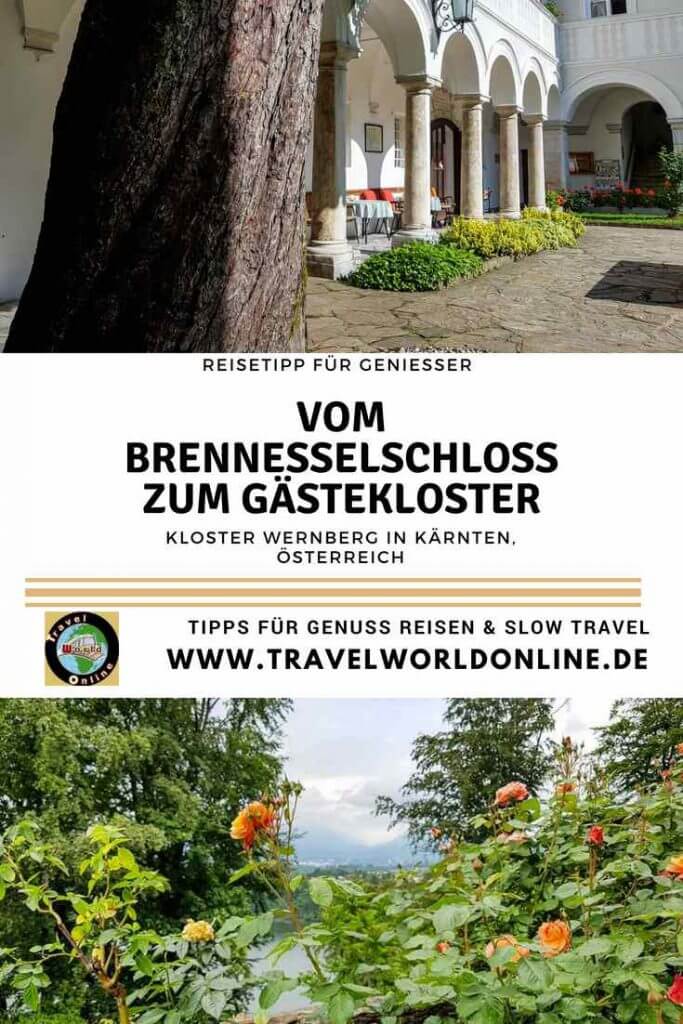
More Slow Travel travel destinations and enjoyment experiences in Carinthia:
- Carinthia travel destinations
- The Lesachtal in Carinthia
- The Weissensee in Carinthia - a real insider tip in Austria
- Your Top Restaurant Weissensee Carinthia - Which kitchen do you prefer?
- Hohe Tauern by car - the Grossglockner High Alpine Road
- Such is a monastery holiday in the Benedictine monastery of St. Paul in Lavanttal
- Discover Carinthian specialties on holiday in the Gailtal
- Heiligenblut in Carinthia on the Grossglockner
- Visit churches, monasteries, cathedrals
We would like to thank Sister Monika for the friendly welcome in the monastery Wernberg Carinthia. And we thank you Klösterreich for the invitation to this interesting blogger trip to Carinthia.
Do you already know:
You are looking for more Travel tips to monasteries? Under this link you will find something. Or discover others Slow Travel Tips.
Text: © Copyright Monika Fuchs, TravelWorldOnline
Photos: © Copyright Monika Fuchs, TravelWorldOnline
Videos: © Copyright Petar Fuchs, TravelWorldOnline
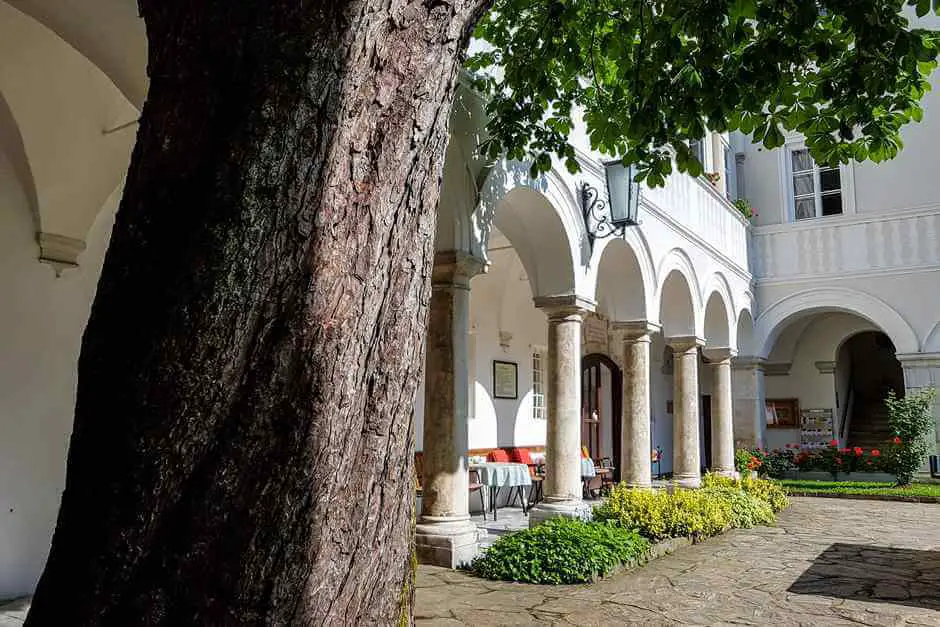
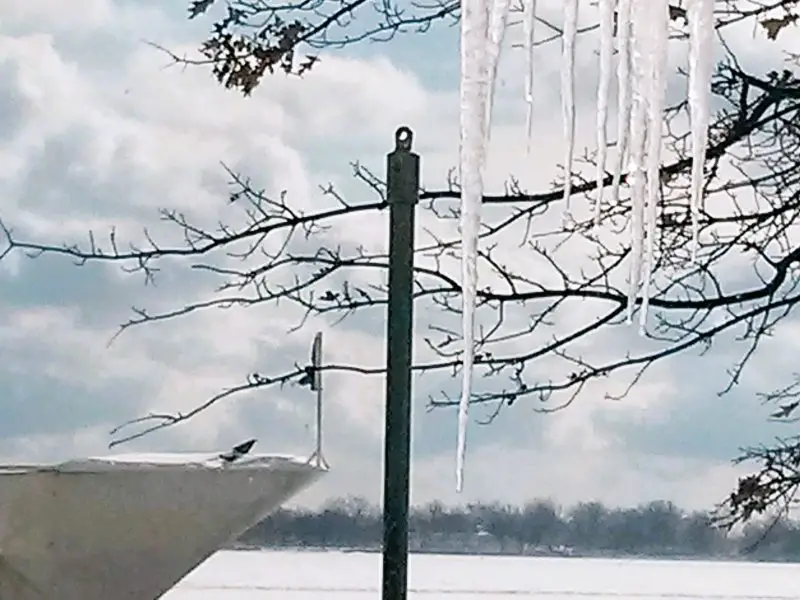
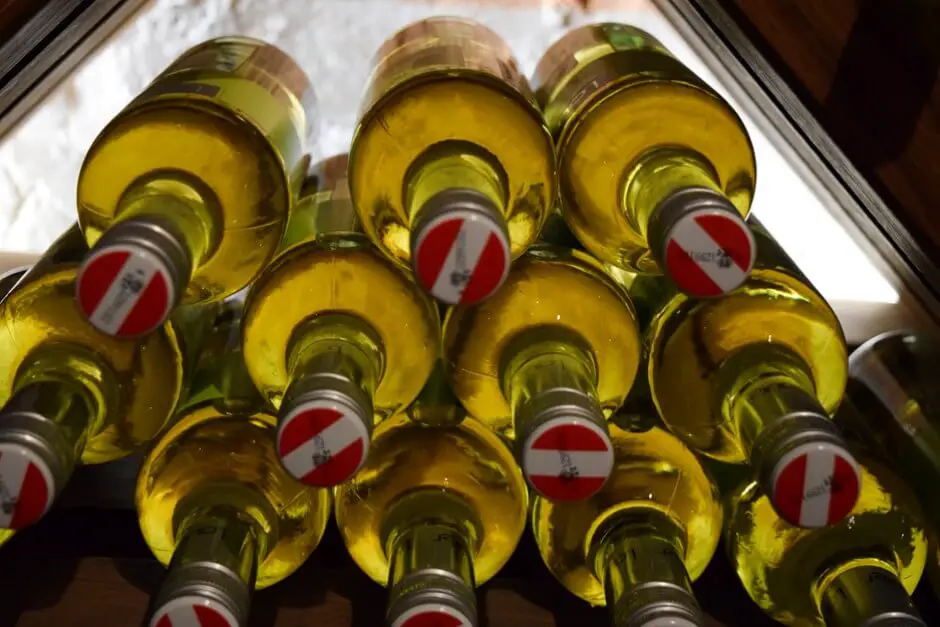

Oh yes,
this is a nice destination to Carinthia and the report is wonderful. I can imagine very soon to admire even the monastery. The sisters are power women or just cosmopolitan!
Best regards,
Alexandra.
Liebe Alexandra,
Let me know if you were there and how you liked it. I would like to know if you are as impressed as we are.
Best regards,
Monika
Dear Monika,
wow, that looks really nice and sounds great. The overnight stay there I also imagine very exciting. I have never done that and would definitely be worth a try. Thank you for your insights behind the monastery walls. Maybe I'll do it to you once. :)
Many greetings
Kathi
Dear Kathi,
It is something different than staying in hotels. It is an extraordinary experience in any case.
Best regards,
Monika
Really exciting. I have not dealt with monasteries and their history so far. Sticks to the topic still something old and dusty. At the same time, the world has changed, as you can see.
I think such a day in the monastery, I could well imagine.
Greetings, Susanne
Dear Susanne,
The prejudice of the old and dusty we have pretty much filed after our monastery visits. We are more curious about the new ways of life that some orders develop in modern times. These are often very surprising.
Best regards,
Monika
Dear Monika,
These sisters are very different than you would think. Unbelievable, what they did with the old walls. It seems they are not only eager to travel but also have a green thumb and clever marketing. Something like nun 2.0.
Best regards,
Alex
Dear Alex,
Yes you are right. Our monastery visits and convent stays have already cleared up with many prejudices that we had. This was especially the case in Kloster Wernberg.
Best regards,
Monika